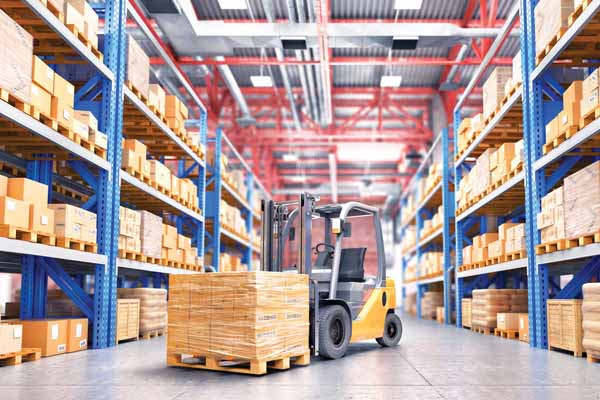In 2023, sales of automated intralogistics material handling solutions in global market is expected to reach US$ 55.9 Bn and is projected to expand steadily at a CAGR of 14.8% to reach a market valuation of close to US$ 219.3 Bn by 2033.
With increasing demand from urban warehousing, automation is playing a vital role in intralogistics material handling. Automated material handling equipment is widely used in manufacturing and warehouse units with the aim of reducing downtime and labor costs, efficiently combining manufacturing, transportation and distribution, and generating a fast and high return on investment.
Moreover, the material handling industry has been revolutionized by the convergence of emerging technologies such as artificial intelligence and Internet of Things, which have created the latest trends and advancements for the industry. The increasing complexity, increasing contrast of applications, dynamics of production systems, fewer order quantities and the associated small batch production are few of the many challenges which intralogistics systems fail to deal with and result in restrained growth of the market. However, industrialization and increase in spending on R&D are the factors that are expected to fuel the market growth of automated intralogistics material handling solutions across the globe during the assessment period, the automated intralogistics material handling solutions market is expected to experience demand growth with CAGR of 14.8% during the forecasted period.
From 2018 to 2022, the global automated intralogistics material handling solutions market expanded at a CAGR of around 6.8%. Technological developments such as data mining methods and deep learning algorithms can be used to increase the automation of data collection, determining which information is relevant for each logistics task. For instance, robotic arms can assess their performance and adjust their movements in the future, while data mining tools can detect trends from marker evaluations. The steering angle of automated guided vehicles (AGVs) can be adjusted using deep learning algorithms for virtual path navigation and human safety. The overall goal is to put the research findings into practice, resulting in an intelligent logistics system that generates profitable sales. With rapid development of industrial sector across the developing as well as developed economies the demand for automated intralogistics material handling solutions is also expected to expand, Persistence Market Research expects the market to expand at a 14.8% CAGR through 2033.
Rapid Increase in demand due to E-commerce Market Growth
The e-commerce business is booming as a result of the exceptional increase in the number of online customers following the COVID-19 epidemic. In their facilities, e-commerce enterprises have implemented automation conveyor systems or AGV, which transport materials from one point to a goods-to-operator station, the most efficient way to process orders. The number of online customers has skyrocketed, resulting in a boom in the e-commerce industry. Automation has been widely utilized in e-commerce facilities, benefiting the growth of the market. The most efficient method of processing orders is to use conveyor systems. With palletizing robots and AMR robots, the operator becomes 25% more efficient, and in a large distribution center with single-order picking across great distances, the operator gets up to 75% more efficient.
Challenges When Used With Contrasting Applications
Intralogistics material handling in warehouses or other facilities is a significant element given that it increases the efficiency of transport systems. In production sites, distribution sites, cross-docking sites, various requirements of autonomous systems must be fulfilled according to the need of the facility. The main aim is to ensure a feasible and economic in-house material handling medium having a high service level and least maintenance. It must provide high return on investment because it is one time investment for most end-users. The increasing complexity, increasing contrast of applications, dynamics of production systems, fewer order quantities and the associated small batch production are few of the many challenges which intralogistics systems fail to deal with and they result in restrained growth of the market.
With an absolute dollar opportunity of approximately USD 16.5 billio n, North America is expected to be the most lucrative market for providers of automated intralogistics material handling solutions. The U.S. leads the North American market and is expected to witness high growth during 2023-2033. The presence of key players involved in influencing the dynamics of the global market makes it an important region in the target market and offers great opportunity for sales of automated intralogistics material handling solutions.
The demand in the German market is expected to grow at a CAGR of nearly 15.9% during the forecast period. It is close to other European countries and is also regarded as the home of technological innovation, being one of the top machinery manufacturers in the world. It is considered as a major market and is expected to sustain high demand during the forecast period. Experts with the expertise and product portfolio to deliver the software and hardware required for Industry 4.0 are capitalizing on the energy-saving trend. Rising energy costs lead to greater investment in energy efficiency and automated intralogistics solutions.
With a CAGR of 9.8%, GCC is expected to be nearly half of the total market in Middle East & Africa throughout the assessment period and experience significant expansion. Several companies in the region are gaining the benefits of logistics automation, and the demand for automated logistics solutions is growing in industries ranging from retail FMCG to pharmaceuticals. New digital transformation trends such as inventory management and real-time data monitoring have severely disrupted industry flows.
From 2023 to 2033, the storage industry is projected to create an absolute dollar opportunity of more than $76.2 billion . Automated intralogistics material handling solutions used in storage systems include mobile racking systems, flow racking, compact storage, cantilever racking, FIFO racking, multi-level racking and many more. Due to the development of warehouse infrastructure, storage systems are utilized more efficiently to meet the increasing demand.
From 2023 to 2033, manufacturing is expected to create an absolute dollar opportunity of more than $59.6 billion. Automated intralogistics material handling solutions for advanced manufacturing applications are used in numerous industries such as the automotive industry, tire industry, chemical, pharmaceutical, textile, food and beverage, and consumer goods. Material handling plays a pivotal role in manufacturing.
www.persistencemarketresearch.com


